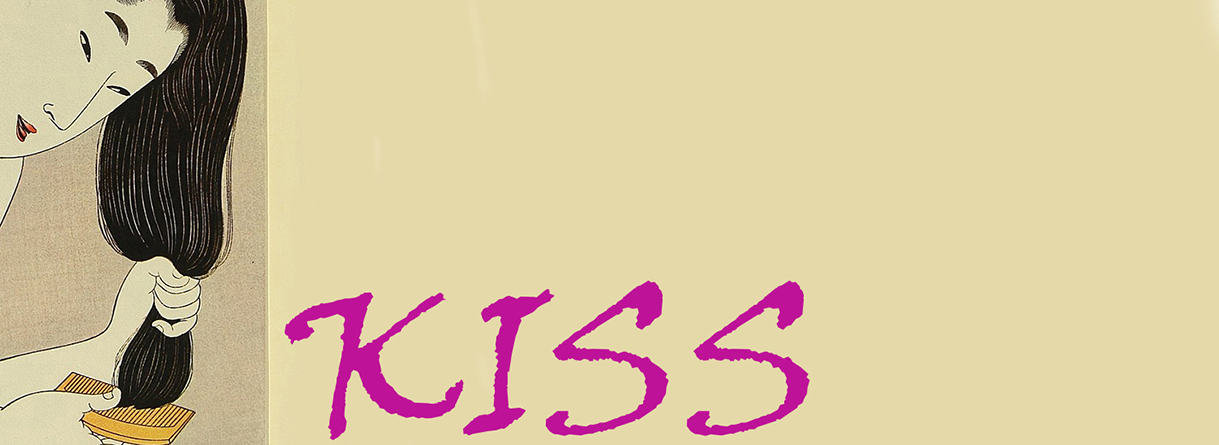 |
| Tolkien |
Rare JRR Tolkien poem The Lay of Aotrou and Itroun to be republished
Early version of Galadriel in The Lord of the Rings can be seen in this take on a medieval Breton ballad, out of print for 70 years
Alison Flood
Thursday 14 July 2016 11.54 BST
A poem “from the darker side of JRR Tolkien’s imagination”, which hints at an early version of the elf queen Galadriel from The Lord of the Rings, is due to be published for the first time in more than 70 years this November.
Tolkien’s The Lay of Aotrou and Itroun, which was published in 1945 in literary journal The Welsh Review and has been out of print ever since, is a lengthy poem in the tradition of the medieval lay, inspired by the Celtic legends of Brittany. It tells of a couple who are desperate for a child. Aotrou visits a witch “who span dark spells with spider-craft, / and as she span she softly laughed”. She gives him a potion and his wife bears twins. But riding through the forest, he meets the witch again. Now transformed from a “crone” into a beautiful woman, the Corrigan – a generic Breton term for a person of fairy race – says he must marry her or die.
He refuses and dies three days later. His wife then dies of grief. “And if their children lived yet long, / or played in garden hale and strong, / they saw it not, nor found it sweet / their heart’s desire at last to meet.”
HarperCollins, which will publish the poem along with Tolkien’s other poems about the Corrigan on 3 November, called it “an important non Middle-earth work to set alongside his other retellings of existing myth and legend”. These include The Story of Kullervo, a teenage Tolkien’s retelling of a Finnish epic poem, and his 200-page poem The Fall of Arthur.
According to Humphrey Carpenter’s biography of the author, the earliest manuscript for The Lay of Aotrou and Itroun (Breton for “lord and lady”, explains Carpenter) is dated September 1930.
HarperCollins said: “The sequence shows the Corrigan’s increasingly powerful presence, as she takes an ever more active role in the lives of Aotrou and Itroun … She would finally emerge, changed in motive and character but still recognisable, in The Lord of the Rings as the beautiful and terrible Lady of the Golden Wood, the Elven queen Galadriel.” It added that the poem comes “from the darker side” of Tolkien’s imagination.
In the poem, the Corrigan’s voice is described as “cold / as echo from the world of old, / ere fire was found or iron hewn, / when young was mountain under moon”, echoing the cold beauty of Galadriel.
Tolkien scholar Verlyn Flieger, a professor emerita at the University of Maryland, is editing and introducing the new edition, which also includes a new preface from Christopher Tolkien. Flieger called it “dark, powerful, compelling, a significant departure from the Tolkien we think we know”.
It is derived, said Flieger, “from a well-known folkloric tale-type of the human who strays into the Faerie world and who pays the price, such as the ballads of Tam Lin and Thomas Rhymer”. Although there are Irish and Welsh versions of the story, she says that Tolkien’s version is closest in subject matter to the Breton ballad Lord Nann and the Corrigan, which the author owned a copy of.
With a flurry of “new” works by Tolkien released over the last decade, from 2007’s Middle-earth story The Children of Hurin, to the 2014 release of his translation of Beowulf, The Lay of Aotrou and Itroun “is worthy of publication now for several reasons”, said Flieger. “First, it is a fine example of Tolkien’s poetic power and his ability to handle different verse forms – in this case the octosyllabic rhyming couplets of French romance, which he also used for The Lay of Leithian from his own legendarium.” The Lay of Leithian is a long poem telling the story of Tolkien’s Middle-earth characters Beren and Lúthien.
The Lay of Aotrou and Itroun, said Flieger, vividly shows the author’s interest “in paganism and in the dark side of what he called Faerie, the perilous realm or Otherworld of enchantment.” She said it will also give Tolkien’s readers “his most developed example of a folklore archetype I will call The Dark Lady, the beautiful but malevolent fay or fairy who preys upon humans, and thus foreshadows his Guinevere, described as ‘fair as fay-woman in the world walking for the woe of men’.”
In his JRR Tolkien: Author of the Century, Tom Shippey writes that the poem is animated by the question of how far a believing Christian could go “in dealings with pre- or non-Christians”. While the poem is derived from a late Breton ballad, he writes, “what seems original to Tolkien is the poem’s stern morality”, because in Tolkien’s version the death of Aotrou “is deserved, or at least prompted by [his] attempt to sway Providence by supernatural forces”.
“Aotrou’s sin lay not in submitting to the Corrigan,” he writes. “It lay in having any dealings with her at all.”














